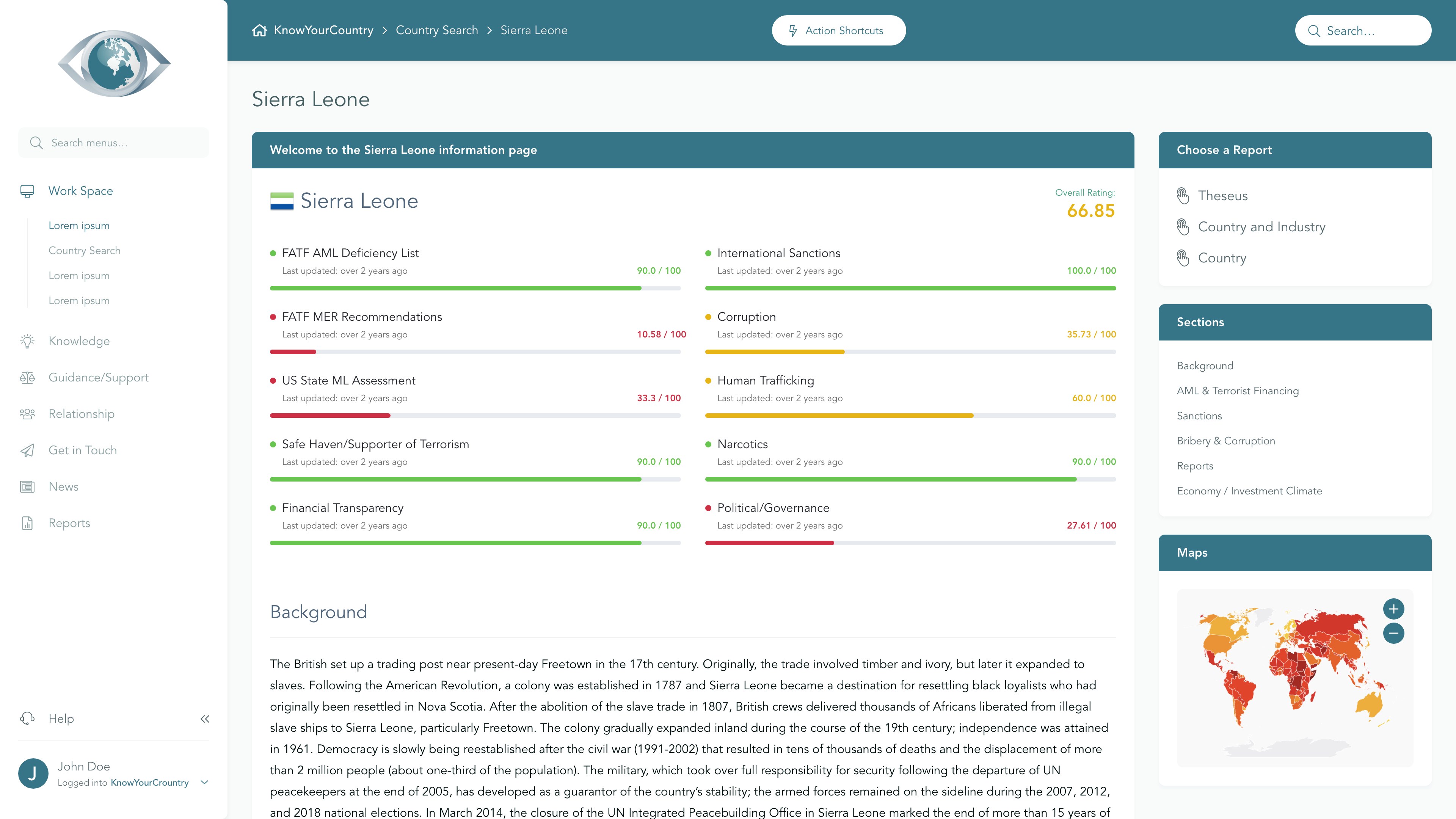
Afghanistan Country Summary
Higher Risk
View full Ratings TableSanctions
Higher Concern
FATF AML Deficient List
Higher Concern
Terrorism
Higher Concern
Corruption
Higher Concern
US State ML Assessment
Higher Concern
Criminal Markets (GI Index)
Higher Concern
EU Tax Blacklist
Lower Concern
Offshore Finance Center
Lower Concern
Please note that although the below Summary will give a general outline of the AML risks associated with the jurisdiction, if you are a Regulated entity then you may need to demonstrate that your Jurisdictional AML risk assessment has included a full assessment of the risk elements that have been identified as underpinning overall Country AML risk. To satisfy these requirements, we would recommend that you use our Subscription area.
If you would like a demo of our Subscription area, please reserve a day/time that suits you best using this link, or you may Contact Us for further information.
Anti Money Laundering
FATF Status
Afghanistan is not on the FATF List of Countries that have been identified as having strategic AML deficiencies.
Compliance with FATF Recommendations
It should be noted that the new style FATF Mutual Evaluation has not yet been undertaken.
The last Mutual Evaluation Report relating to the implementation of anti-money laundering and counter-terrorist financing standards in Afghanistan was undertaken by the Financial Action Task Force (FATF) in 2011. According to that Evaluation, Afghanistan was deemed Compliant for 1 and Largely Compliant for 1 of the FATF 40 + 9 Recommendations. It was Partially Compliant or Non-Compliant for all 6 of the Core Recommendations.
Sanctions
International sanctions against Afghanistan include measures imposed by the United States, European Union, and the United Kingdom, primarily targeting the Taliban and associated entities. These sanctions encompass arms embargoes, asset freezes, and travel restrictions, aimed at preventing the Taliban from accessing resources and maintaining control over the country.
Criminality
Rating |
0 (bad) - 100 (good) |
|---|---|
| Transparency International Corruption Index | 17 |
| World Bank: Control of Corruption Percentile Rank | 14 |
Crime and corruption in Afghanistan are deeply entrenched, with widespread bribery and illicit practices significantly hindering business operations and economic development. Despite some government initiatives aimed at combating corruption, such as the establishment of the Anti-Corruption Justice Center, systemic issues remain, including the criminalization of commercial disputes and low enforcement of anti-corruption laws, which contribute to a culture of impunity among officials.
The country faces numerous challenges related to organized crime, including human trafficking, arms trafficking, and the production of illegal drugs, which are exacerbated by the Taliban's reliance on these criminal markets for financing. Law enforcement and judicial systems are ineffective in addressing these issues, and civil society's capacity to respond to crime is severely limited, leaving many communities vulnerable and lacking support mechanisms for victims and witnesses.
Economy
Afghanistan's economy is characterized by its agrarian nature, with over 55% of the population living below the poverty line and a GDP that has grown significantly from USD 2.4 billion in 2001 to USD 20.1 billion in 2018, largely due to international support. Despite some improvements in the ease of doing business and government reforms aimed at attracting investment, the country faces substantial challenges, including a slow growth rate averaging 2.3% annually from 2014 to 2018, persistent insecurity, and a complex legal environment that complicates foreign investment. Agriculture remains the backbone of employment, yet it contributes less than a third of GDP due to structural issues, while the informal economy, estimated at USD 4.1 billion, underscores the difficulties in transitioning to a more formalized economic structure.
Subscribe to
Professional Plus

- Unlimited Access to full Risk Reports
- Full Dataset Download
- API Access
- Virtual Asset Risk Assessments

